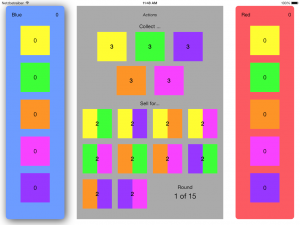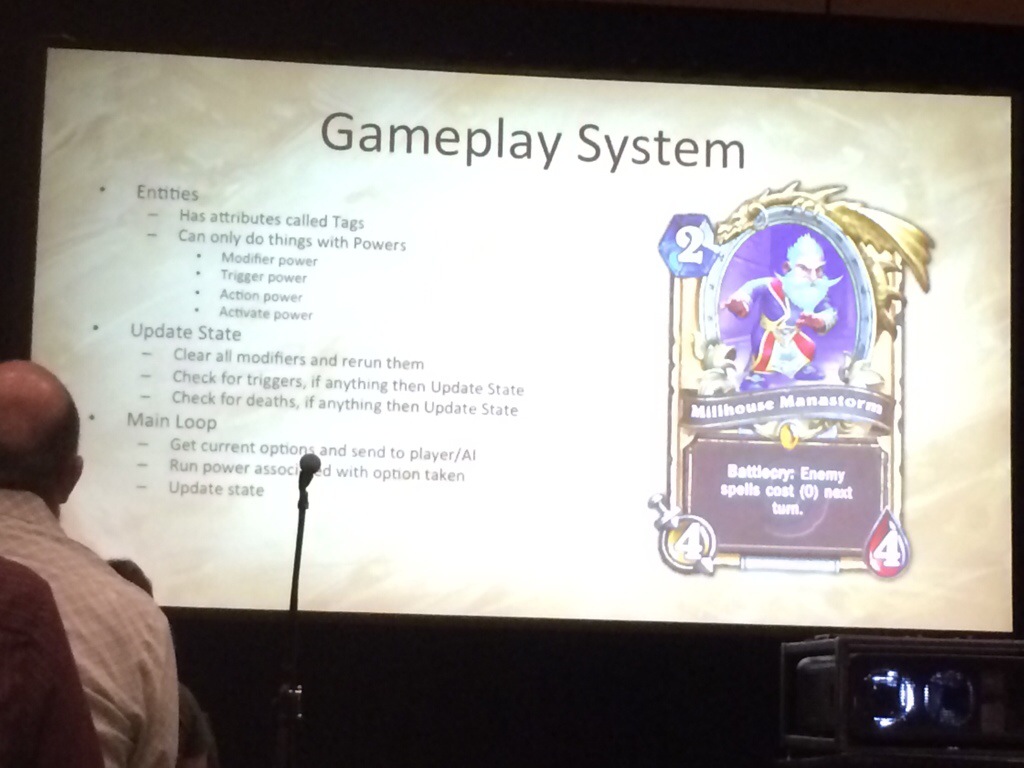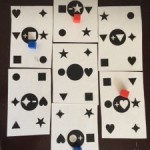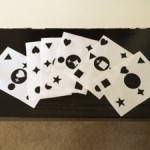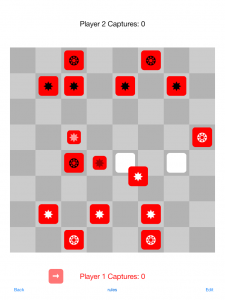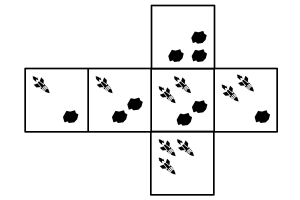I recently answered a short barrage of questions by some non-technical folks researching the business feasibility of board game conversion. Since I gave them these answers freely, I thought I would also post them here. This is all based on my own personal experience, so feel free to exercise skepticism and I absolutely welcome your thoughts or differing opinions in the comments below.
1. What resources estimates and how much time do you feel is needed to do a strategy board game conversion to digital?
The answers for this question are as varied as the answers to the question “how much time is needed to do a mobile game?” In my experience, if you’re paying your programmer(s) what they’re worth (which is not a given in the gaming industry), you’re probably looking at a budget somewhere between 30k and 120k. Less is certainly possible with an experienced team, maybe with a code base they’re reusing, but it would raise a red flag for me. (I get a lot of potential clients who come to me with 2-5k, and I politely tell them that we can possibly make a prototype without graphics for that much.)
2. If using Unity as a gaming language, what do you think is involved in porting to another platform say from iOS to Android or vice-versa?
I am familiar with unity, but no expert. (So take this with a grain of salt.) My feeling is that android is more work, what with supporting all the different screen sizes and hardware/processor idiosyncrasies, so if you’ve already done that work, porting to iOS should not be that much more difficult. (Depending on the project, of course.) Going from iOS to android on the other hand could take longer, especially for complex games. (It’s going to depend on how many screens or “scenes” you’ve got to prepare in unity.)
3. Are you aware of what the maintenance/support costs would/could be, if so what do you believe is involved?
This is a great question! Not something a lot of clients think to ask. It’s easy to throw something in the App Store and forget about it, which is exactly what everyone else will do too.
There are obviously diminishing returns though, so I recommend planning a release with at least one maintenance update about a week or so after the initial lunch, and maybe evaluate then whether it’s worth doing another “feature” update a couple of weeks to a month later, also with a follow up maintenance update if your budget can stand it. If the game is still doing well at that point, it’s a good idea to plan to spend some time and push out littler updates as frequently as you can, more for marketing purposes than for any development related reason. All of this will require developer involvement, but it’s the person crafting marketing and messaging that should be spending the most time after launch. I generally think this is underestimated, and can easily be a full-time task.
4. Do you have an idea of hosting (storage/bandwidth) costs?
This is only relevant if you are hosting your own server for some reason. The game should have a website, which is another often overlooked marketing piece, but it will cost far more to create that than to maintain/host it. (Hosting fees shouldn’t run more than $20/ month, or you’re probably getting ripped off somewhere. I pay $5/month + $10/domain, but that comes with doing mostly my own support.)
If you ARE hosting your own backend multiplayer server, you can think of it as another domain name. (It definitely cost you more up-front to develop, so make sure your dev is including that in their estimates.) And unless the game is super successful, most hosting plans should include enough bandwidth. If you get to the point where you are paying ala cart for bandwidth, it still shouldn’t be more than a handful of dollars unless you’re at an extreme end of the spectrum, which is a problem you wish you will have.
5. What’s your thoughts on the digitization of family board games, and what may happen, and when?
Well, “family board games” is a term that might mean a bunch of different things, but here are some initial off the cuff thoughts:
a) it’s already happening to some degree, see Monopoly, Scrabble, Jenga.
b) The family market is much larger than the hobby market, but much tougher to crack. Quality is going to be a very important consideration, as is ease of use and first-run experience, including tutorials and teaching.
c) It’s possible that the aforementioned digital game examples are mostly getting played by board game hobbyists, rather than the general populous you’d expect to be playing a family game, which would be hard to prove either way unless you are the publisher of one of those games.
d) In general, (this is advice I like to give to anybody thinking about physical game conversion), the advantage that board game conversions have over their fully-digital counterparts is that there is already a population that knows about that game and to a lesser extent how to play that game. So the bigger that group, the bigger your advantage. How successful your board game conversion will be is very much influenced or enhanced by how successful a game you are choosing to convert.
6. Are you familiar with Steam, and would you recommend porting or building for that platform?
If you want to target desktops (OSX, Windows, or Linux), then I would highly recommend building working with Steam. I cannot make a recommendation about whether those platforms are viable for board game conversions in particular. Steam is a bit like Apple’s App Store and Game Center rolled into one, but cross platform for desktop games. There is an API that you as a developer can write to, and implement Steam achievements and various other social offerings.
7. Do you feel the effort to port from say Android/iOS phones requires more work to port to Tablet versions as well, or not?
Generally there is a portion of every project devoted to UI work. The amount of time spent will be different for every project, but generally I think it’s a higher percentage of the project for games than other application types. Let’s say, for a game, 50% of the development effort was put toward UI work. If you had only developed for one screen size at that point, you might have to re-do or at least re-touch much of that work. If you plan from the beginning of the project for multiple screen sizes, you can save yourself a lot of pain in “porting” to a different screen size, but it is still more work, no doubt about that.
8. What about PC/Browser porting, are you noticing or see the need/demand or value in doing that, and if so are you familiar with the effort in that case let’s say after a mobile version has been completed?
I do see this happen from time to time, though not with a lot of board game conversions. My concern would be monetization, since the folks who play web-based games are used to getting their games for free, and you have to have a very large active userbase (in the hundreds of thousands, from what I understand, although I’m no expert) to make money with advertising alone.
9. How many people do you believe is needed to convert and maintain a board game digital conversion, and what roles?
For a “full featured” conversion, I see the following needs:
– Programmer/developer
– Artist/graphic designer
– Sound Effects person and Musician (often can be the same person)
– Some kind of project manager or person making feature decisions
– A person (or team!) in charge of marketing
I have worked on a lots of projects where there were a couple of developers who split duties. This includes several apps with Tysen Streib, who would expertly craft the AI and game logic, while I handled all the rest of the application, including ultimately integration of his code into the project.
Another optional role I’ve found myself filling briefly at the start of smaller projects is that of UX designer. It is always nice to have a blueprint to work from, and good wireframes can really speed up development as well as help keep your team on the same page if there are multiple developers.
The mix and makeup of all of these roles will be different on every team, no doubt. There are certainly some indie developers who tackle all of these tasks for every project! I’ve found that keeping scope small is always a good thing, work toward manageable milestones, and you’re less likely to be surprised by how long something takes you to complete.

